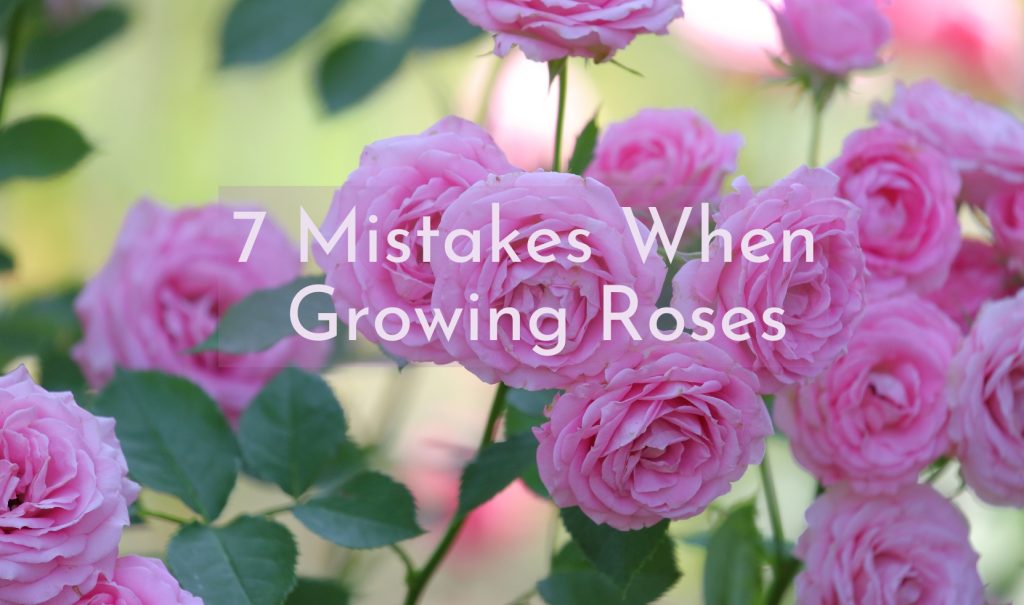As a keen gardener, it took me several seasons to grasp the art of growing roses. Now, with a beautiful climbing rose and seven other types thriving at the Epic Homestead, I can confidently share insights and tips. Here are seven common mistakes beginner rose growers make, based on my own experiences.
1. Incorrect Watering
One of the biggest errors is improper watering. Roses need a healthy amount of water—deep but infrequent watering encourages deep root growth. Just like tomatoes, water them thoroughly at the base to ensure strong roots. Occasionally, on sunny days, give the entire plant a gentle spray to remove dirt and pests like spider mites.
2. Neglecting Deadheading
After a rose blooms and dies (known as “deadheading”), it’s crucial to remove the spent flowers. If left on, they can produce rose hips which are better suited for the end of the season. Regular deadheading directs the plant’s energy towards new blooms.
3. Incorrect Planting
Sunlight and spacing are key. Roses need full sun and should be spaced at least four feet apart to prevent overcrowding and ease pruning. Plant grafted roses with the bud union just below the surface to protect from frost while ensuring stability.
4. Wrong Rose Type
Choose the right type of rose for your garden’s context. For climbing structures, use climbing roses like Cecil Bruner. For containers or smaller spaces, opt for own-root roses or miniatures.
5. Improper Pruning
Pruning can be daunting but is essential. Remove dead, diseased, or damaged tissue first. For once-blooming roses, prune after they bloom; for repeat bloomers, prune lightly before blooming season and shape as necessary afterward.
6. Forgetting Fertilization
Fertilize roses at the start of their growing season as they begin to leaf out. Use organic granular fertilizer to slowly nourish your plants over time. This is especially important for container-grown roses.
7. Poor Initial Placement
When planting roses, location is crucial. They need full sun exposure—southwest-facing spots work best. Make sure the planting hole is deep enough for strong root development and protect grafted roses from potential frost damage by planting them slightly below the surface.
By avoiding these common mistakes, you can enjoy a flourishing rose garden that adds beauty and fragrance to your homestead. Happy gardening!

